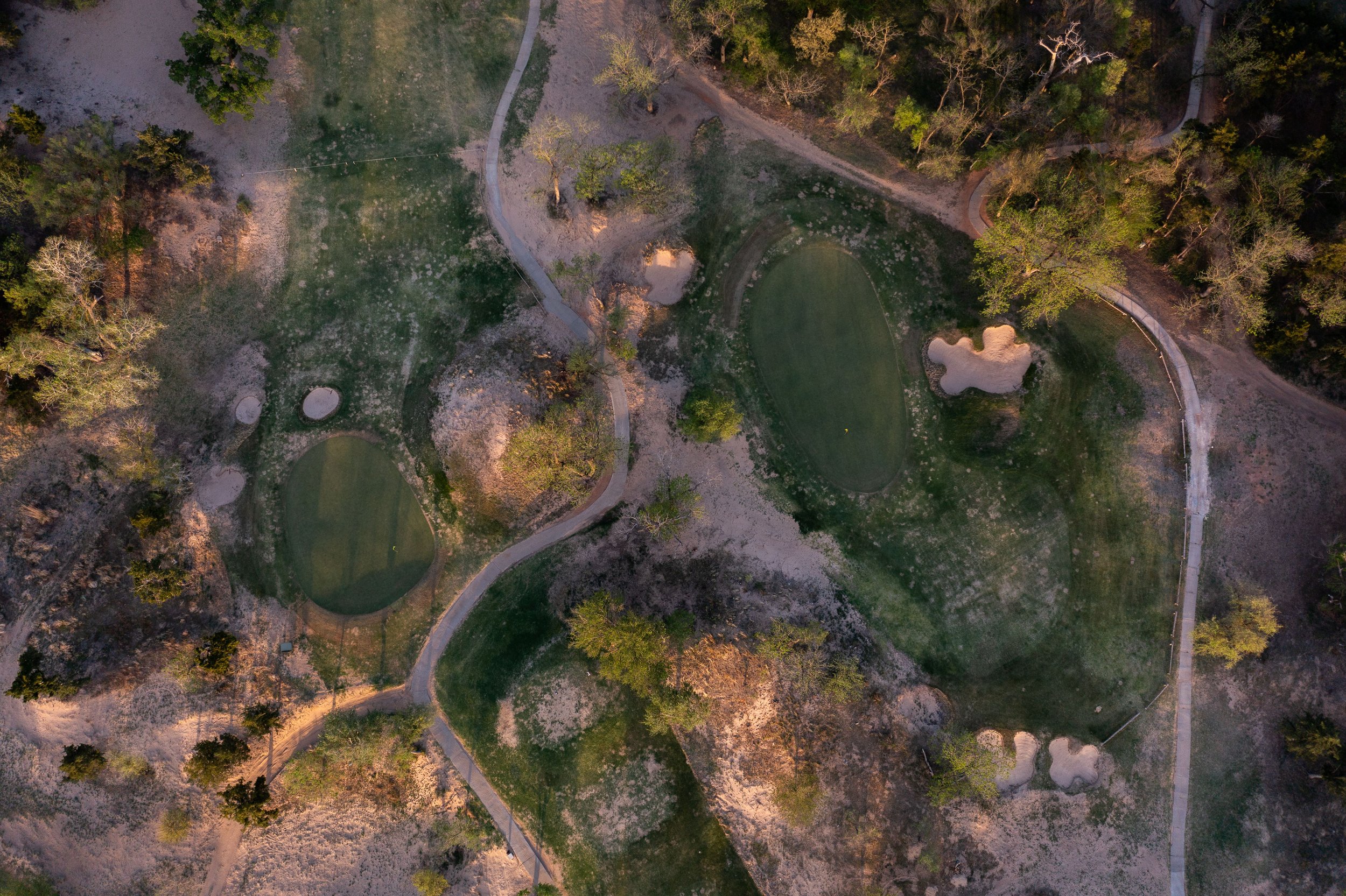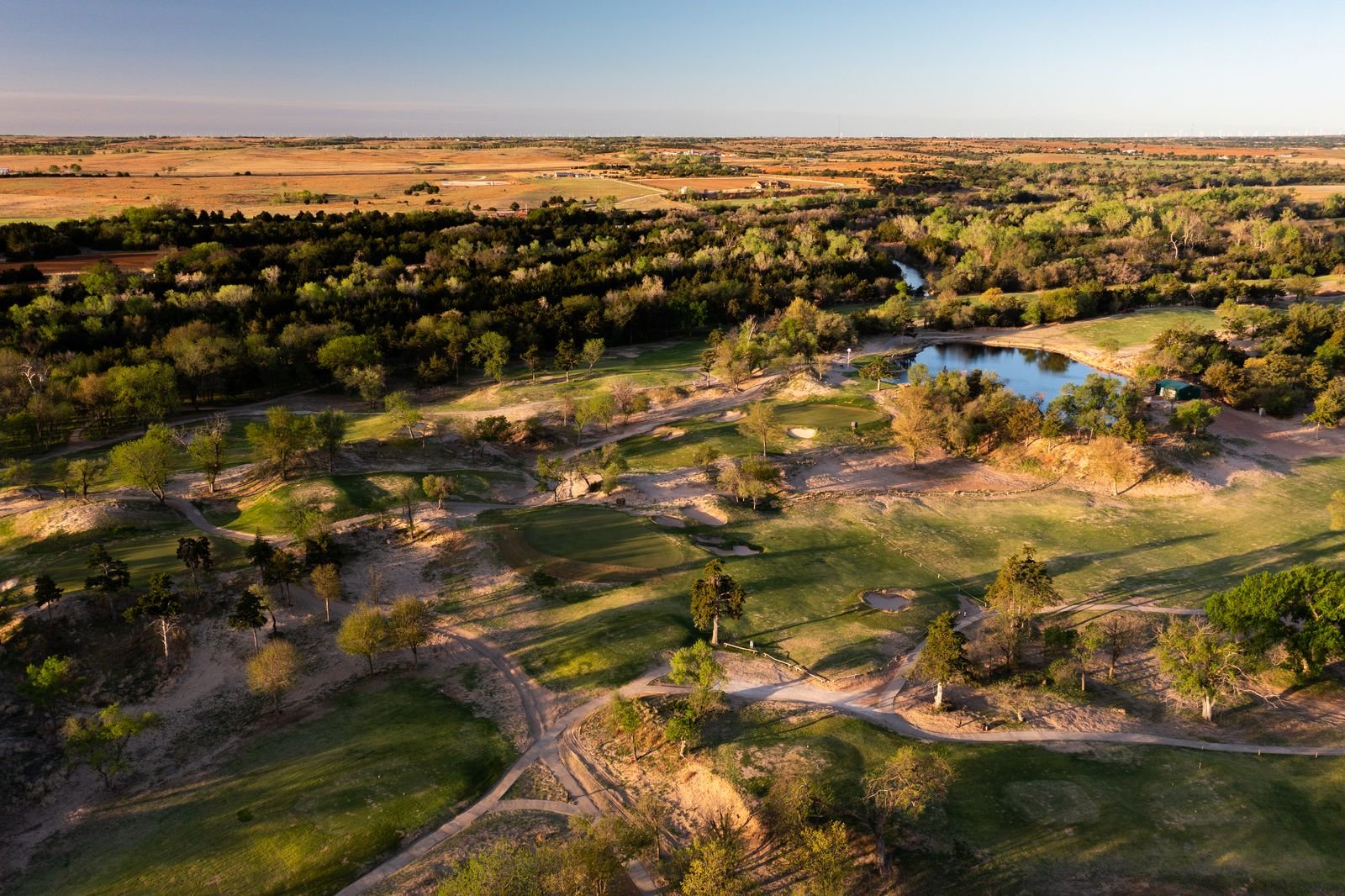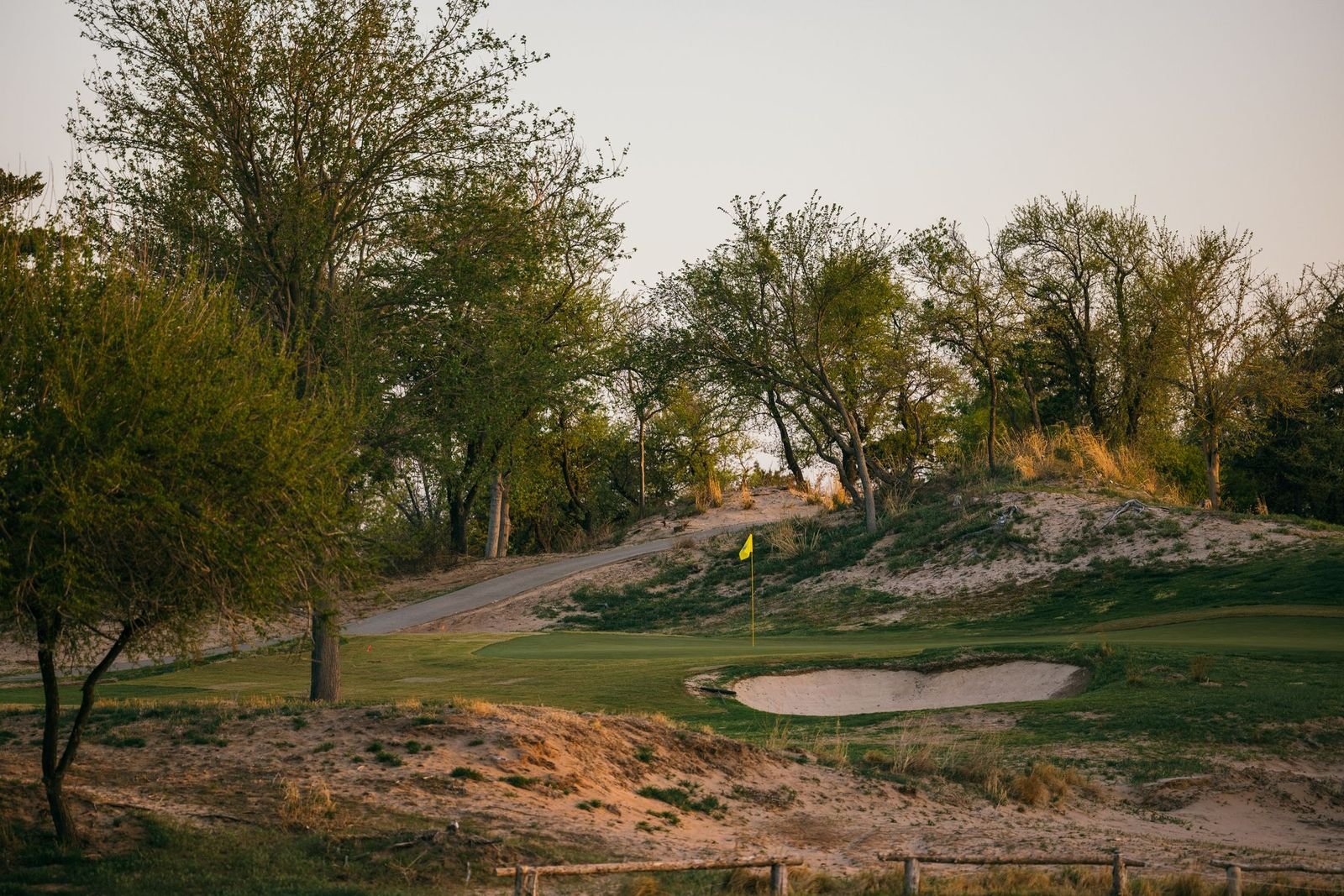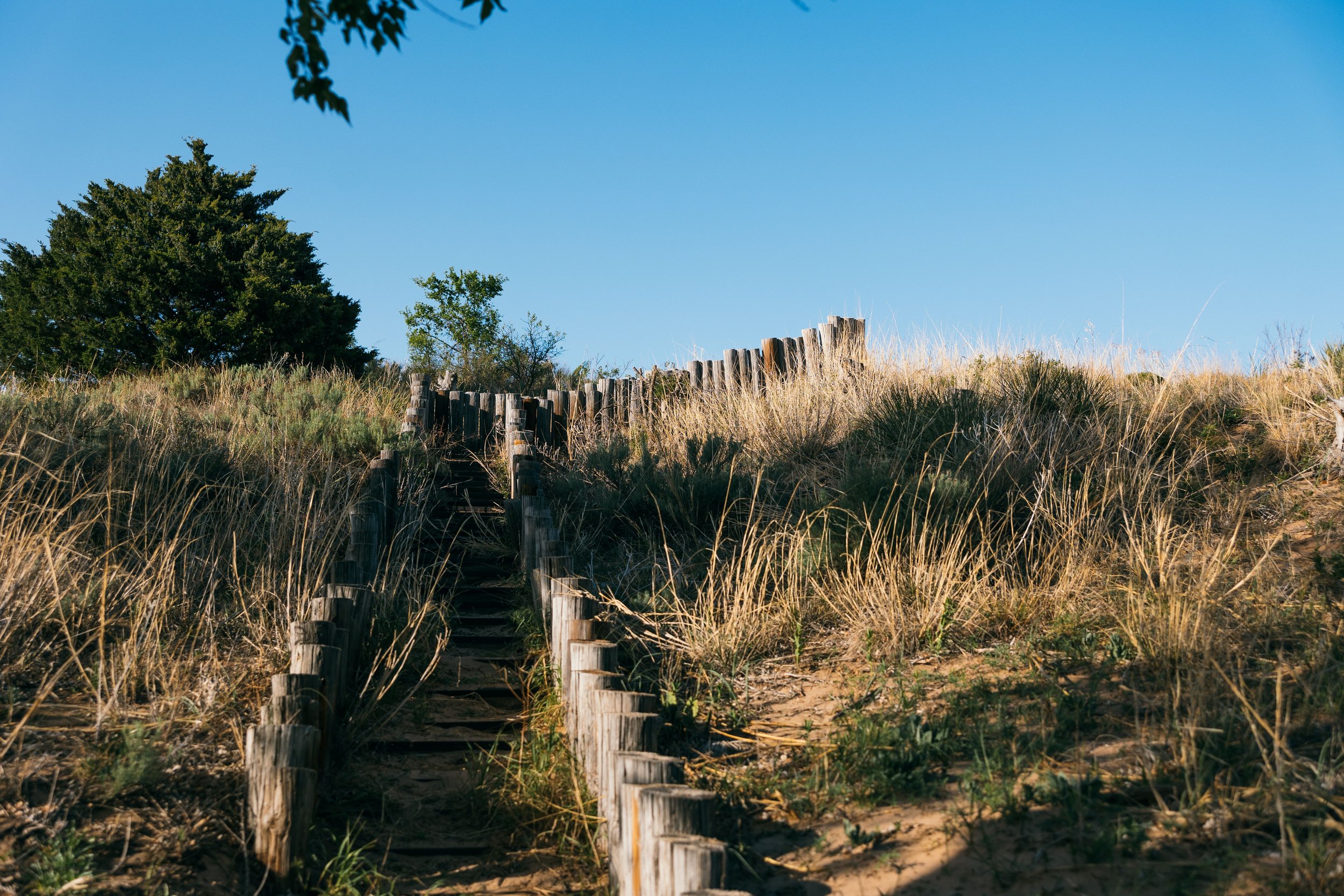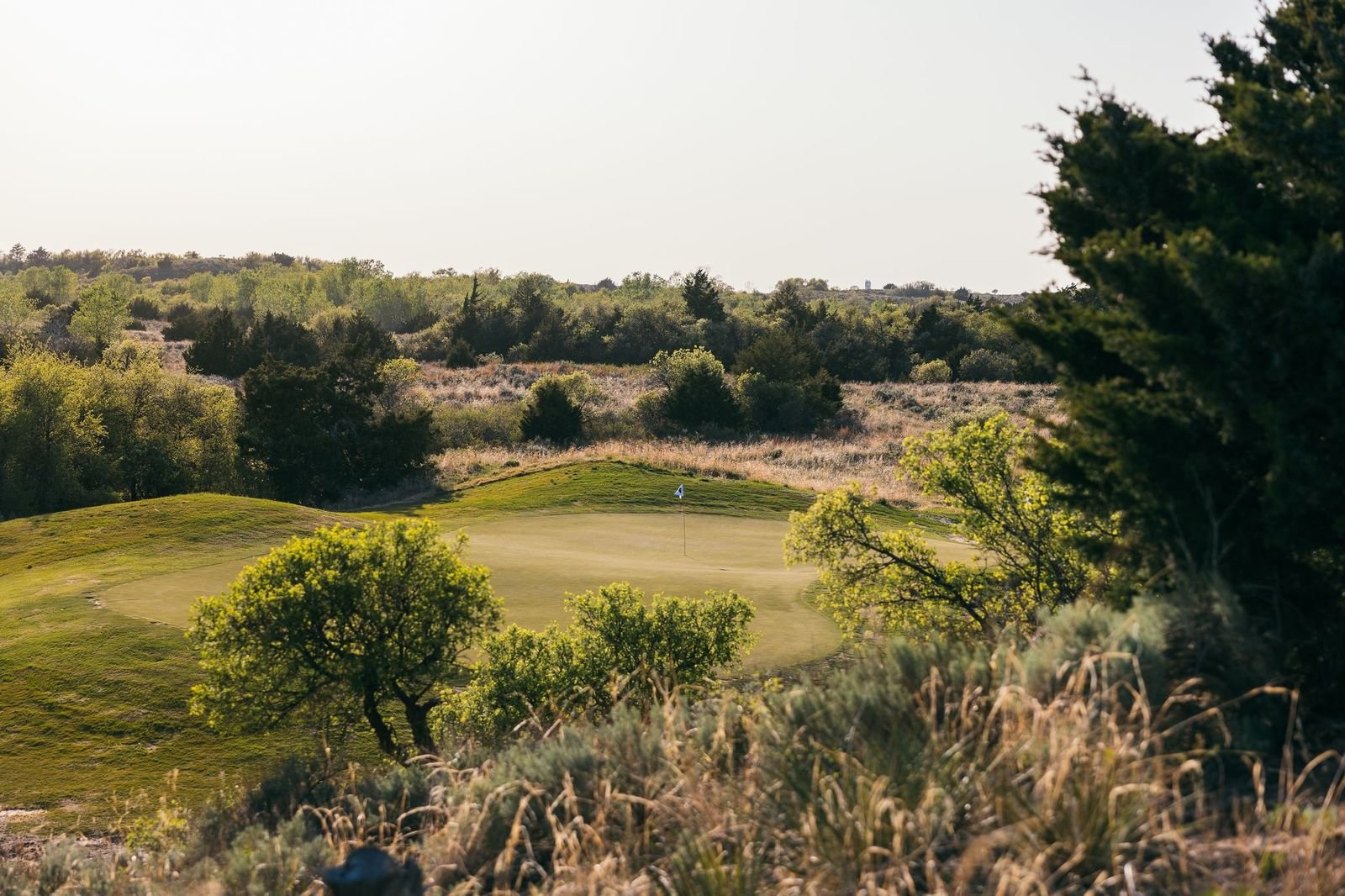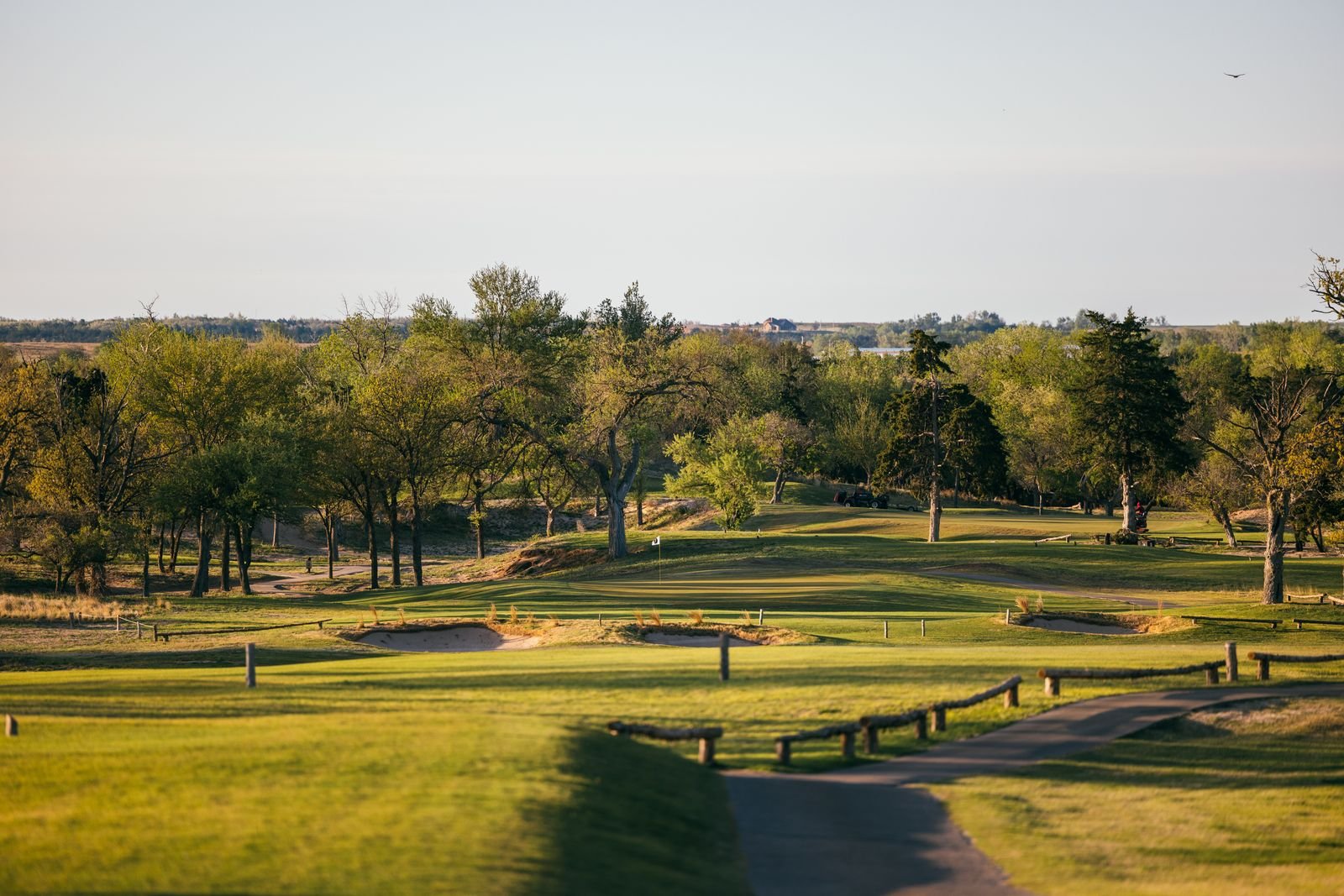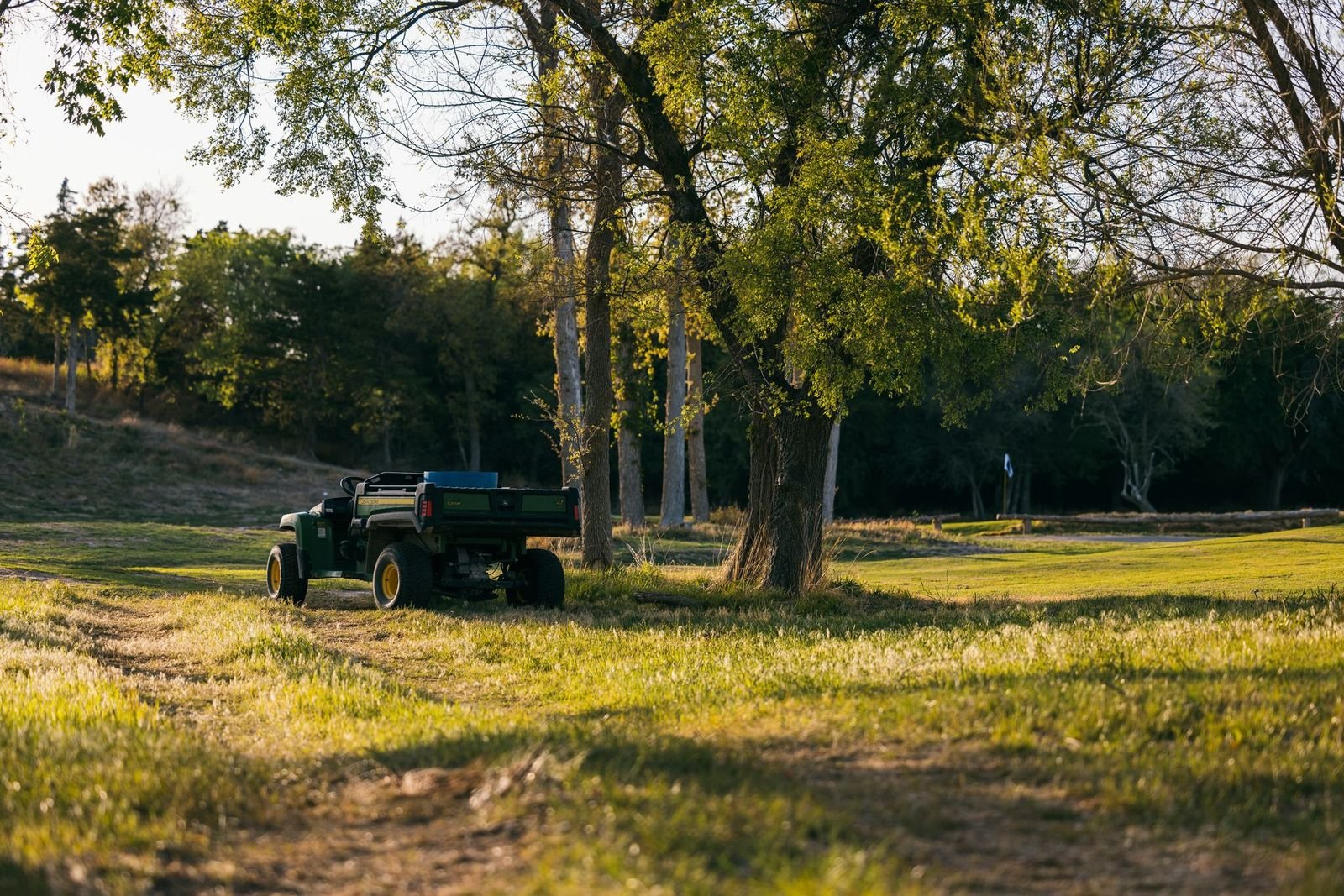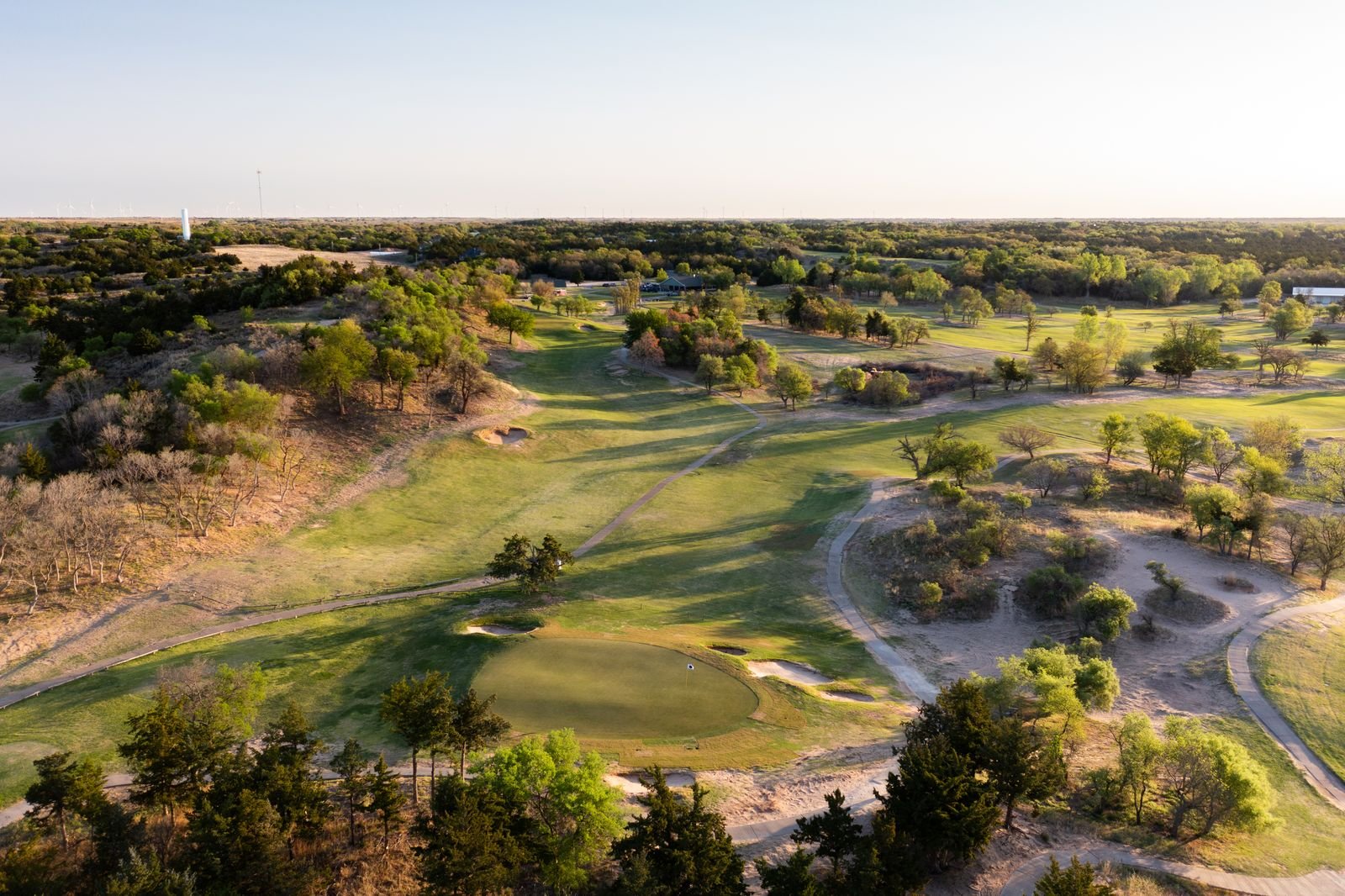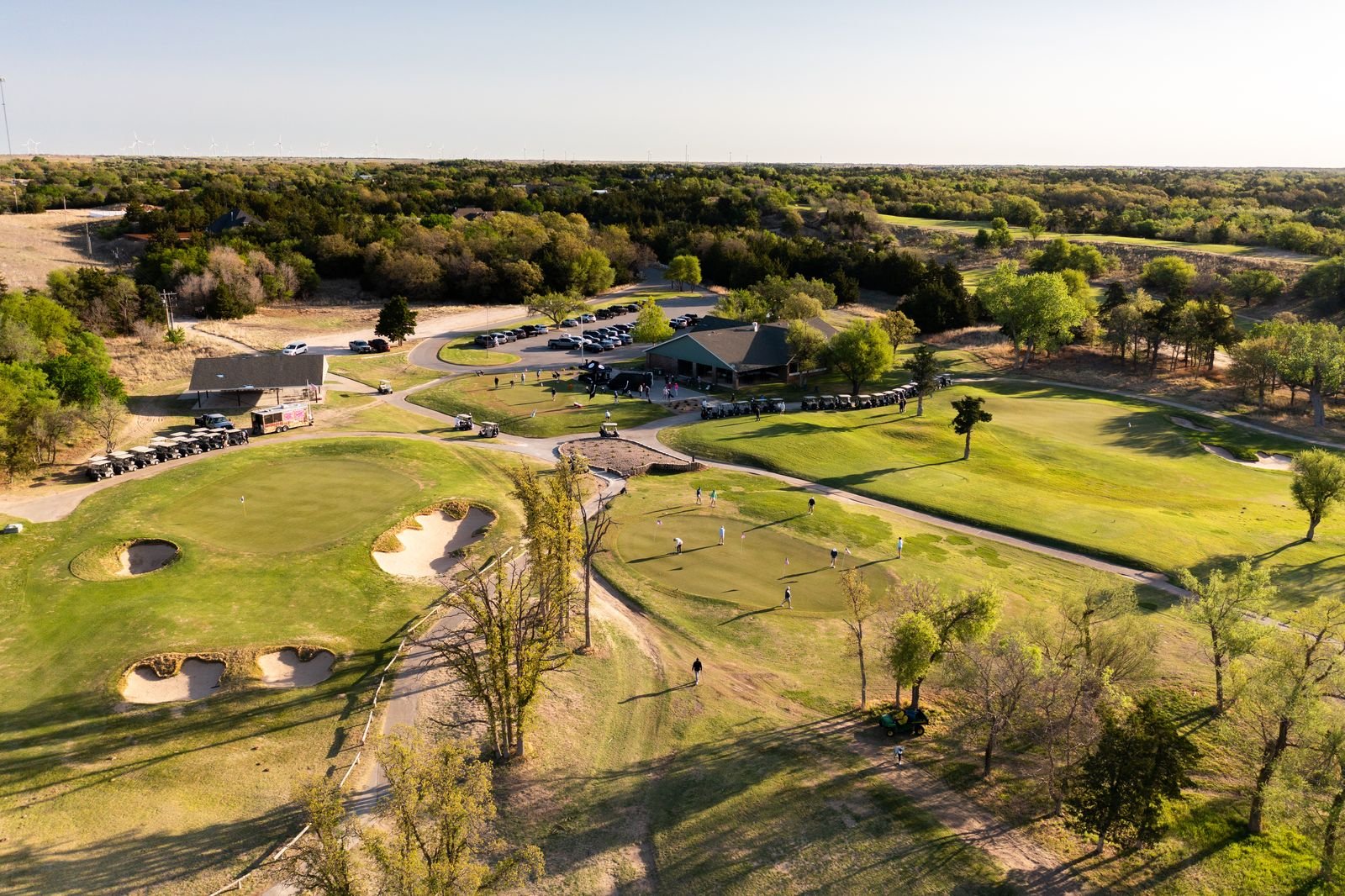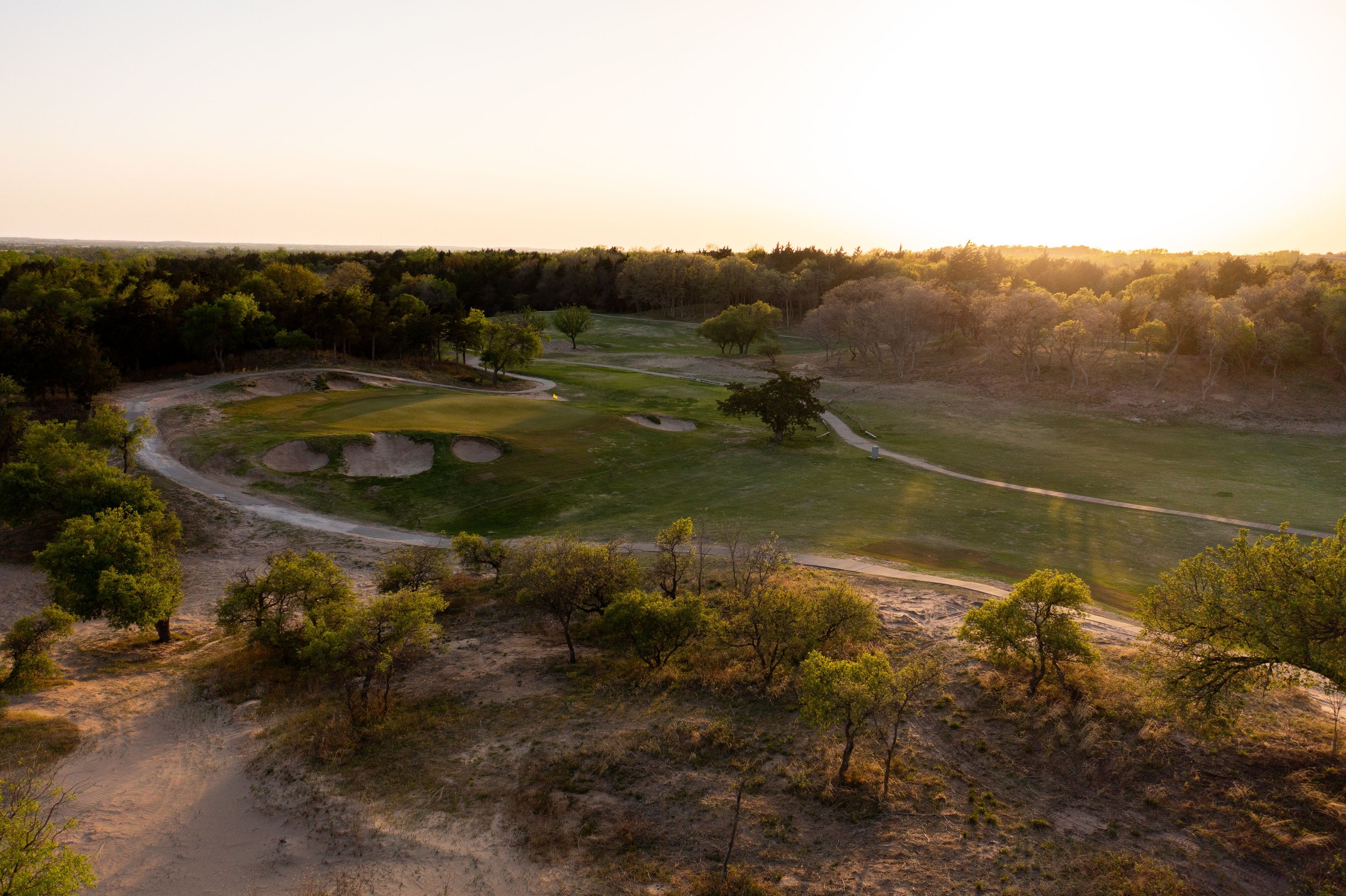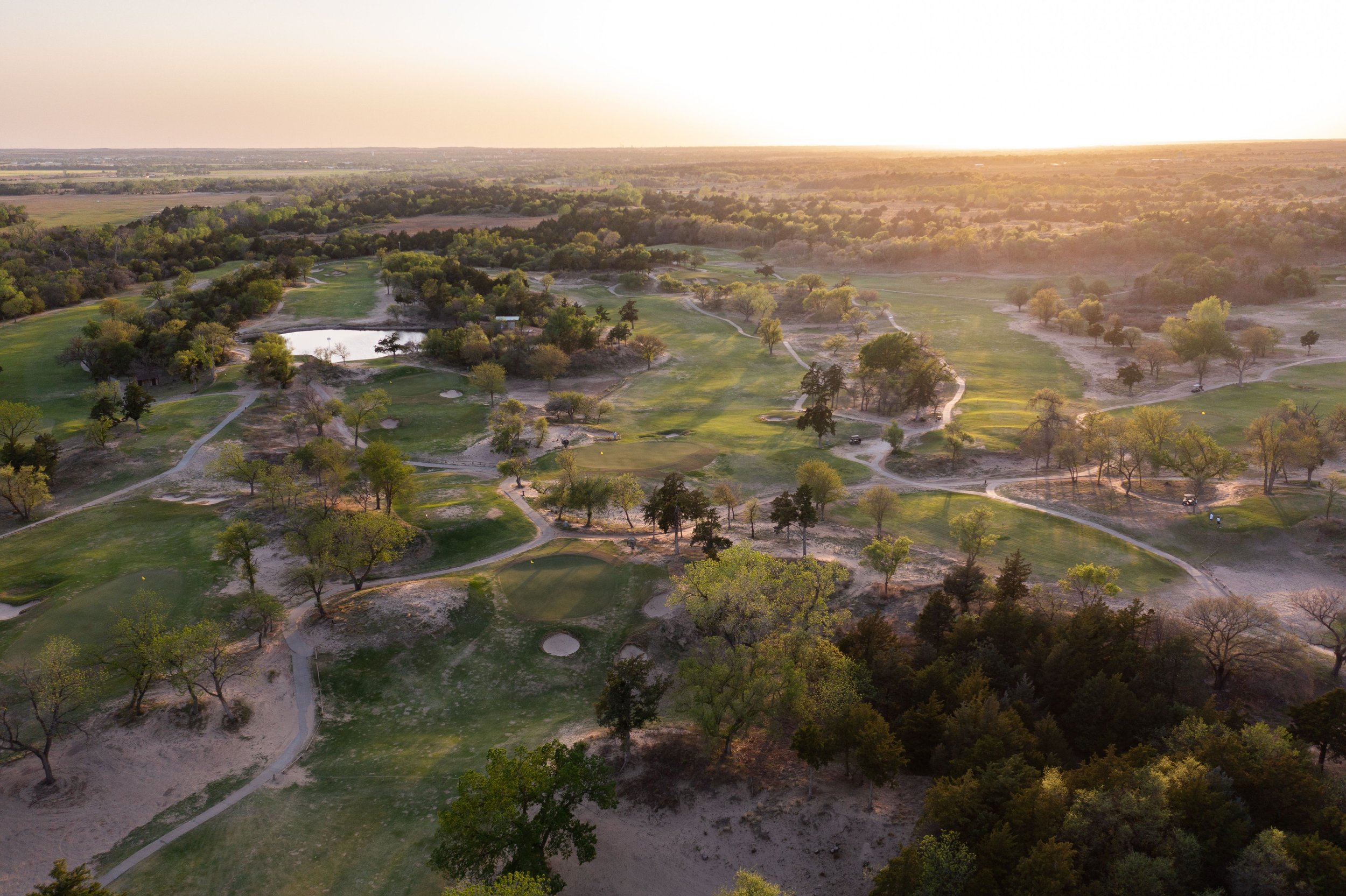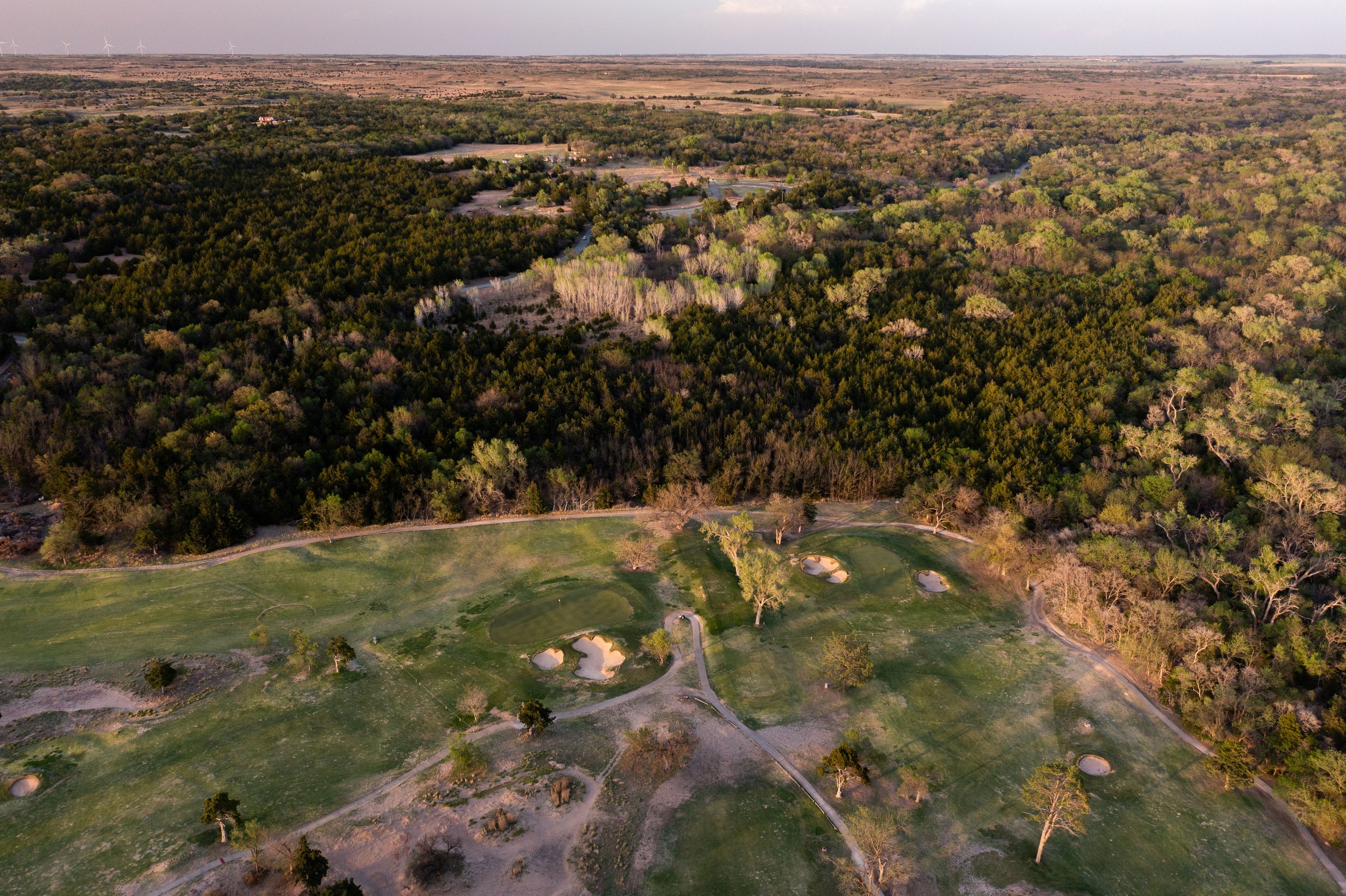Way Out West
Editor’s Note: A special thank you our friends at The Golfer’s Journal for allowing us to document their event at Boiling Springs Golf Club in June 2022 and to Matt Hahn for contributing his outstanding photography to this story.
There’s a few things you need to know if you’re planning a trip out this way.
1. Out here, distance isn’t measured by miles, but rather by time. Old-timers will tell you that you’re a couple of hours from “The City.”
2. “The City” is Oklahoma City, by all bucolic intents. Tulsa is just Tulsa. In reality, this place is 150 miles from The City, and 200 on the nose from Tulsa.
3. You’re going to have plenty of time to think.
On the way out, you may have noticed a brief respite from the otherwise persistent rolling prairie at the Gloss Mountains (not Glass) or taken a detour to visit natural phenomena boasting larger-than-life titles like “Little Sahara” or “Great Salt Plains.” But the rest of the trip leaves you ample time for reflecting on what’s ahead.
“Just off the beaten path” doesn’t do this journey justice. You won’t accidentally stumble on this place. Like generations before you, the pioneering spirit hits you somewhere between Ringwood and Mooreland. To stretch your legs, you stop at an unnamed cemetery somewhere in the vast six million acres of the old Cherokee Outlet to track down the grave of your great, great, great grandfather. Now segregated by miles of barbed wire, this used to be open range. Legendary cattlemen drove millions of Texas longhorns across this land along the Chisholm and Great Western Trails. Your mind begins to wander as you try to imagine the daily perils those early settlers dealt with...
The headstone of William Ely, Sergeant in the Union Army and 3X great grandfather of this author. He settled land along the Cherokee Strip in the late 19th Century, less than 40 miles from present-day Boiling Springs State Park.
Suddenly, like a mirage against the endless expanse of Southern Great Plains savanna, a heavily timbered spread rises on the horizon. Thickets of invasive eastern red cedars have overtaken much of the vegetation, but remnants of the area remain. Unique rock formations. Sandsage grassland. Dust Bowl-Era constructions. A steady flow of crystal-clear water bubbling from the ground.
Archeological evidence estimates that humans have inhabited this region of Oklahoma for more than 14,000 years. Bone scatter along the nearby Beaver River suggests that Paleoindians used the region as a kill site, driving hundreds of American bison off cliffs and into “arroyo traps,” spearing and butchering the noble brutes for every available resource.
The first written record of this area appears as early as 1541, when Spanish explorer Francisco Vazquez de Coronado visited in search of the “Seven Cities of Gold.” A century later, Juan de Oñate reported Indian encampments along the cool, natural springs. A fur trading post was established in 1823 by U.S. Cavalry General Thomas James, and pioneers began flocking to the area.
In 1868, as Young Tom defeated Old Tom by three strokes in the ninth playing of The Open Championship at Prestwick, Col. George Custer set up camp on the other end of the county at Fort Supply. From there, he would plan and execute his government-endorsed annihilation of Black Kettle’s Southern Cheyenne camp on the banks of the Washita River.
But it wasn’t until 1935 – on the cusp of the greatest human-influenced natural disaster – that Boiling Springs State Park began to take shape. On the backs of 350 men in Company 2822 of President Roosevelt’s Civilian Conservation Corps in the throes of the Dust Bowl, the park began to form. In the span of four years, through torrential dust storms and record heat, these men labored day and night moving rocks and establishing this oasis at the doorstep of No Man’s Land.
This land requires resilience. Naturally exposed to classic American Interior Plains elements, record temperatures in the area range nearly 140 degrees Fahrenheit. Hail the size of baseballs is common in the spring. In 1947, a 1.8-mile-wide tornado hit the nearby town of Woodward. At 8:42 p.m., the twister – which had traveled for nearly 100 miles to this point – entered city limits. In moments, 100 city blocks were wiped to their foundations. More than 1,000 homes and businesses were destroyed. In Woodward alone, 107 people were killed and 1,000 injured.
The state park is situated on the banks of the North Canadian River, which separates the Anadarko Shelf from the Anadarko Basin. Along the river’s corridor, rock formations date from the Cenozoic Era – more than 66 million years ago. Doe Creek Limestone serves as bedrock for collecting ground water. Once the underground water meets the topography of the land, a natural spring is formed.
They’re called “boiling springs” not because of the heat – they are in fact quite cool – but rather the way the water bubbles up from the earth. While you’re not here for a science lesson, it’s important to understand this phenomenon. Because instead of the hard clay soil Oklahomans know all too well, these springs beget a soft, sandy loam.
Adjacent to the park, yet sharing most of its natural resources, lies your destination. Down a winding road with a smattering of private homes, you emerge from a thicket of trees to find the understated clubhouse on the south end of a parking lot. A handful of carts are pulled out of the barn – which is more like an open-air shed that doubles as a picnic area. At first glance, nothing about the scene surprises you. This is your run-of-the-mill muni golf course in rural Oklahoma, where denim is often the attire of choice and Coors Light is the preferred cocktail.
The clubhouse is sparse. You notice the framed photos of the various high school golf programs that call this place home. On the right, there’s a sale rack with an unassuming collection of hats, towels and maybe a polo or two. The young lady at the front desk welcomes you, confirms your tee time and accepts a pair of twenty-dollar bills you slide across the counter. You stock up on a handful of crispy domestics and head outside to roll a few putts. There’s no driving range, but at 6,500 yards, you convince yourself it’s unnecessary.
After a few putts, you step off the 20 or so paces to the first tee. Looking south toward Texas, the first is as straight as an arrow. The hole’s only resistance, a trio of fairway bunkers that pinch the short grass to just eight yards wide, is often rendered defenseless by the long hitters. It’s when you find the putting surface that you begin to realize the Maxwellian influence golf course architect Donald Sechrest may have had when he designed the place in 1979. From the first green, you can hit a high wedge onto the tee boxes of No. 2, No. 7 and No. 18 and the sixth and 17th greens. This confluence of holes is a classic Perry Maxwell characteristic, who utilizes similar routings at notable tracks like Dornick Hills, Southern Hills and Prairie Dunes.
The Prairie Dunes connection may go even deeper, however, as it was a favorite course of the native-Oklahoman Sechrest. In 1964, 15 years before he built Boiling Springs, Sechrest was noted to have made a trip to the Hutchinson, Kansas site with three other Stillwater residents, Joe Adair, Theron Covey and Cmdr. Dugan Roberts. He was an assistant professional at Lakeside Golf Club at the time, working for his former college coach, Labron Harris Sr., and completing his first design which would become Stillwater Country Club.
It's not until the second hole that you start to discover the unique nature of this place. A 350-yard dogleg right par four, you send your drive through a chute of oaks and black walnuts. Anything that strays from the fairway will find a soft, sandy waste area that dominates this landscape. For the next few hours, you’re tasked with navigating this wild, untamed land.
Untamed as it might seem, that’s the furthest from the truth if you ask Jeff Wagner. Slender and bearded, Jeff has served as general manager and superintendent of the golf course going on eight years. Sporting a slightly thinned hairline styled in a classic buzzcut, Jeff wears so many hats at Boiling Springs that it doesn’t matter.
From marketing to finances and even the in-house mechanic, he touches nearly every aspect of the business.
“I’m NOT the golf pro,” he clarifies. “But I can fold a mean sweater.”
Boiling Springs’ jack-of-all-trades, Jeff Wagner.
This place was different from the beginning. Built with prison labor, one of the first assistant superintendents was a former inmate with the Oklahoma Department of Corrections who, before the project, hated golf. The course was one of the first in the state to utilize treated sewage. Rather than dumping the activated sludge into the river, it was pumped from town to water the grass.
Del Scoville, the first head pro, claimed, “if it wasn’t going on the golf course, it’d be in the river and going to the people in The City to drink.”
Tight and menacing, it took more than a year before anyone broke par. Eastern red cedars have always been a part of the story, but the 80s and 90s saw an explosion of the invasive tree. Hundreds of thousands sprang up on the property, choking off the grass and other flora. What wasn’t decimated by the trees was polished off by the pervasive nematode population.
For the first five years, Jeff and his team waged an all-out attack on this foreign enemy of the east. With two chainsaws, a tractor and plenty of willpower, they ripped the trees from their stronghold, reconfigured watering routes and peeled back the layers of this landscape, revealing towering sandy blowouts and prized species of flora.
Let me explain something: When I said “team,” I meant Jeff and his sidekick, Ivan, a kid who grew up down the road in Mooreland. That’s it.
In a land that Daily Oklahoman journalist Joyce Peterson once called “a worthless stretch of tangled woods, briars and brush,” Jeff and Ivan have gradually uncovered a work of art. The tree eradication is ongoing. There are still years of work to be done. But in Jeff’s words, “we’re closer to the end than we are the beginning.”
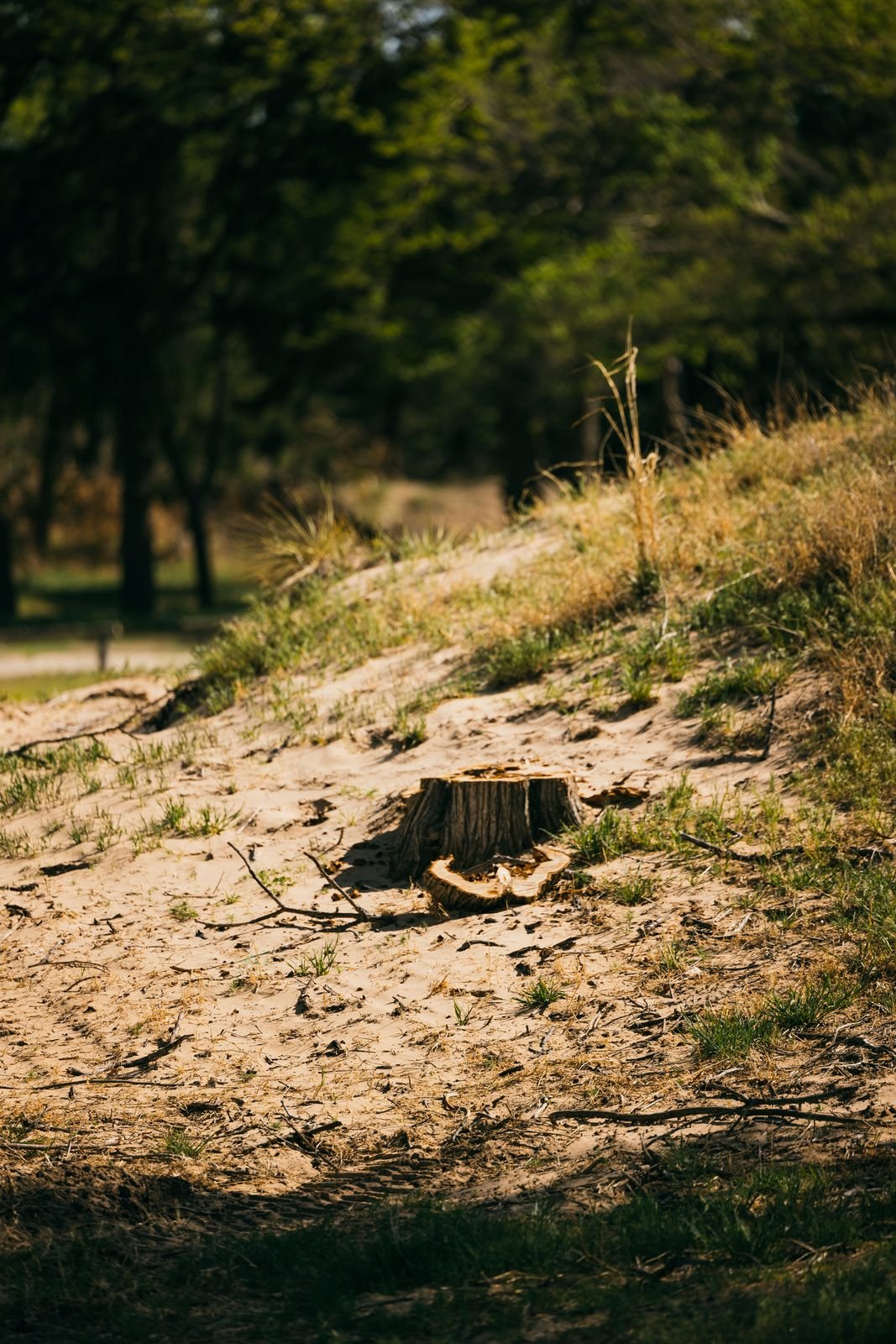
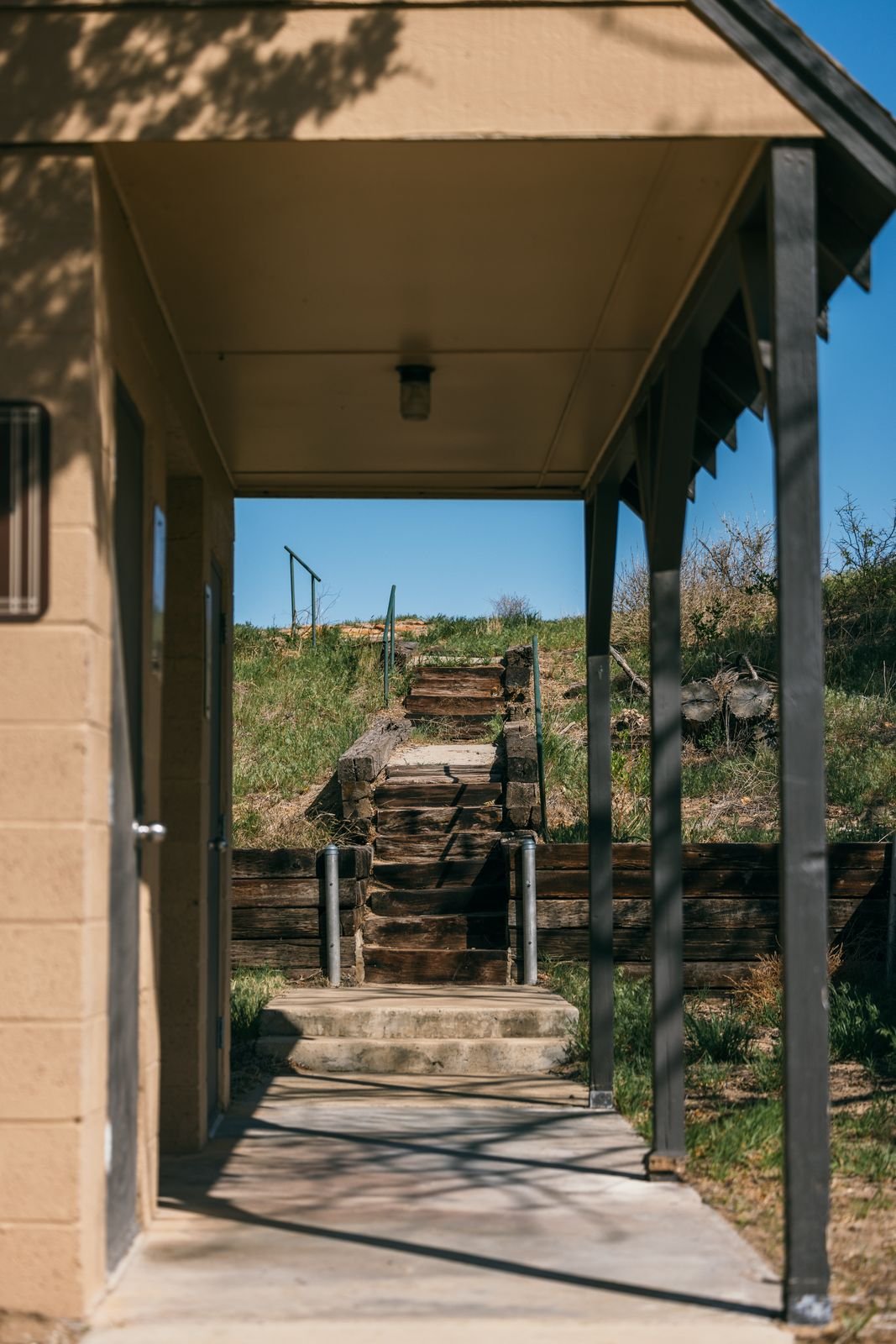
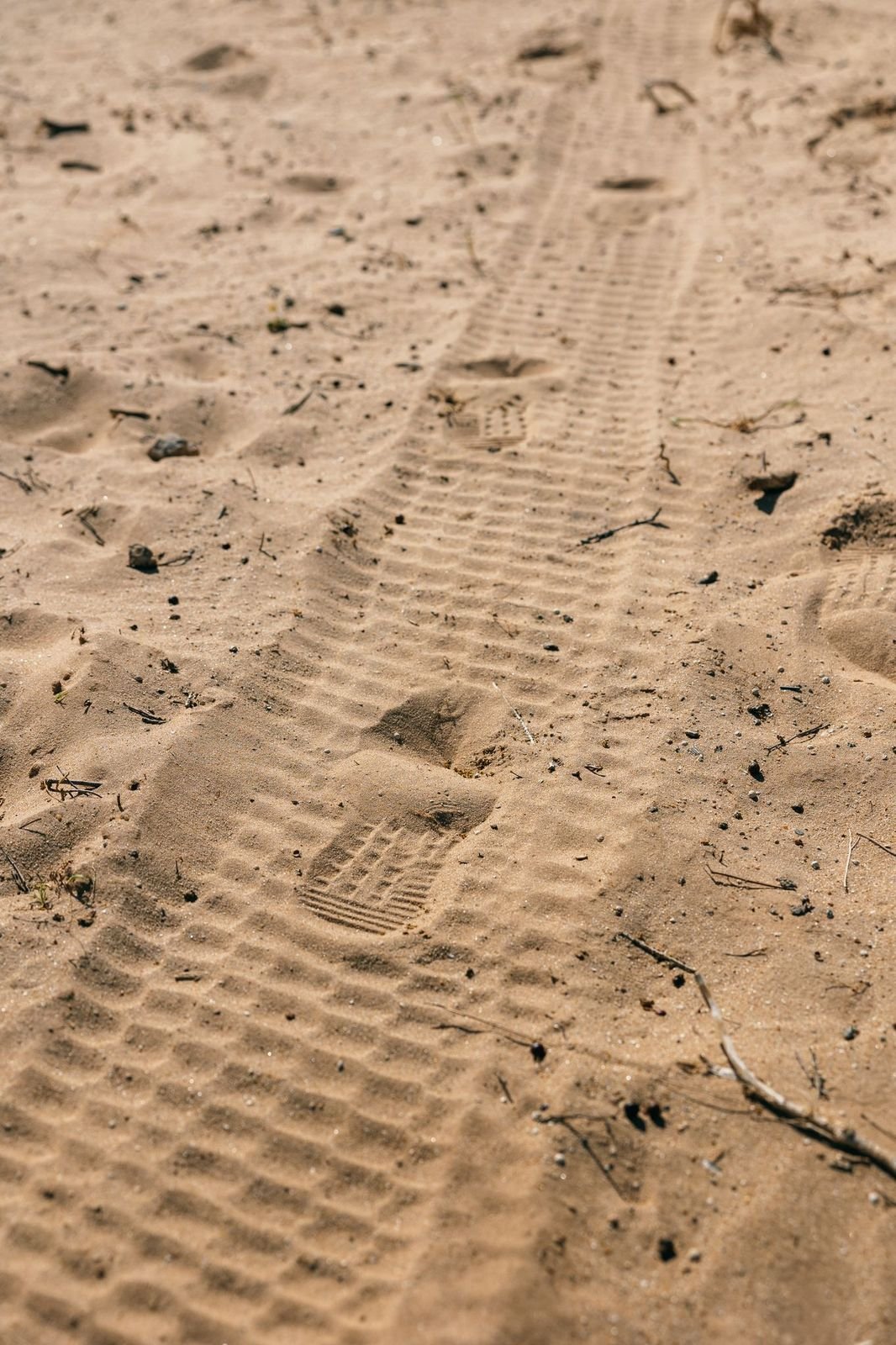
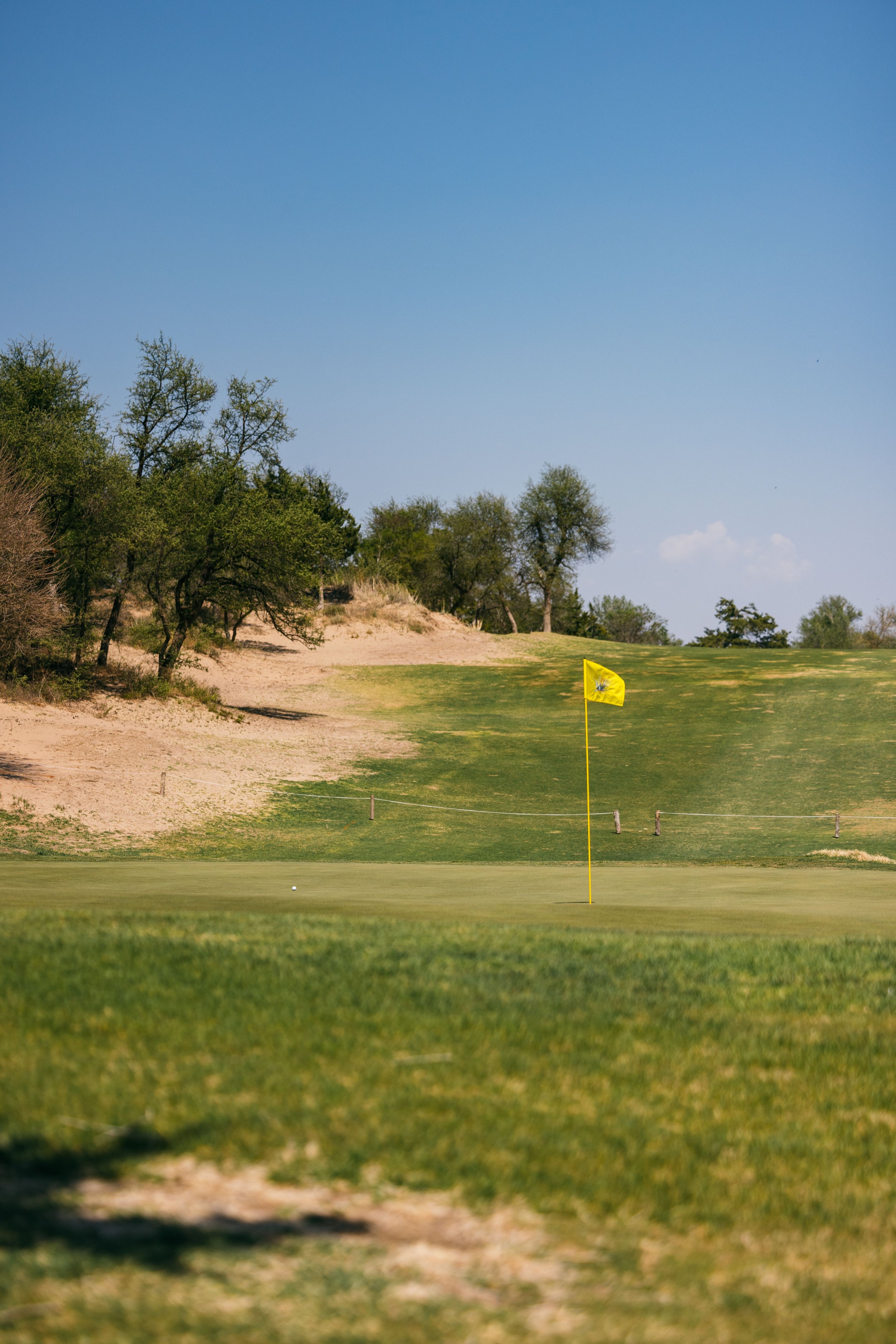
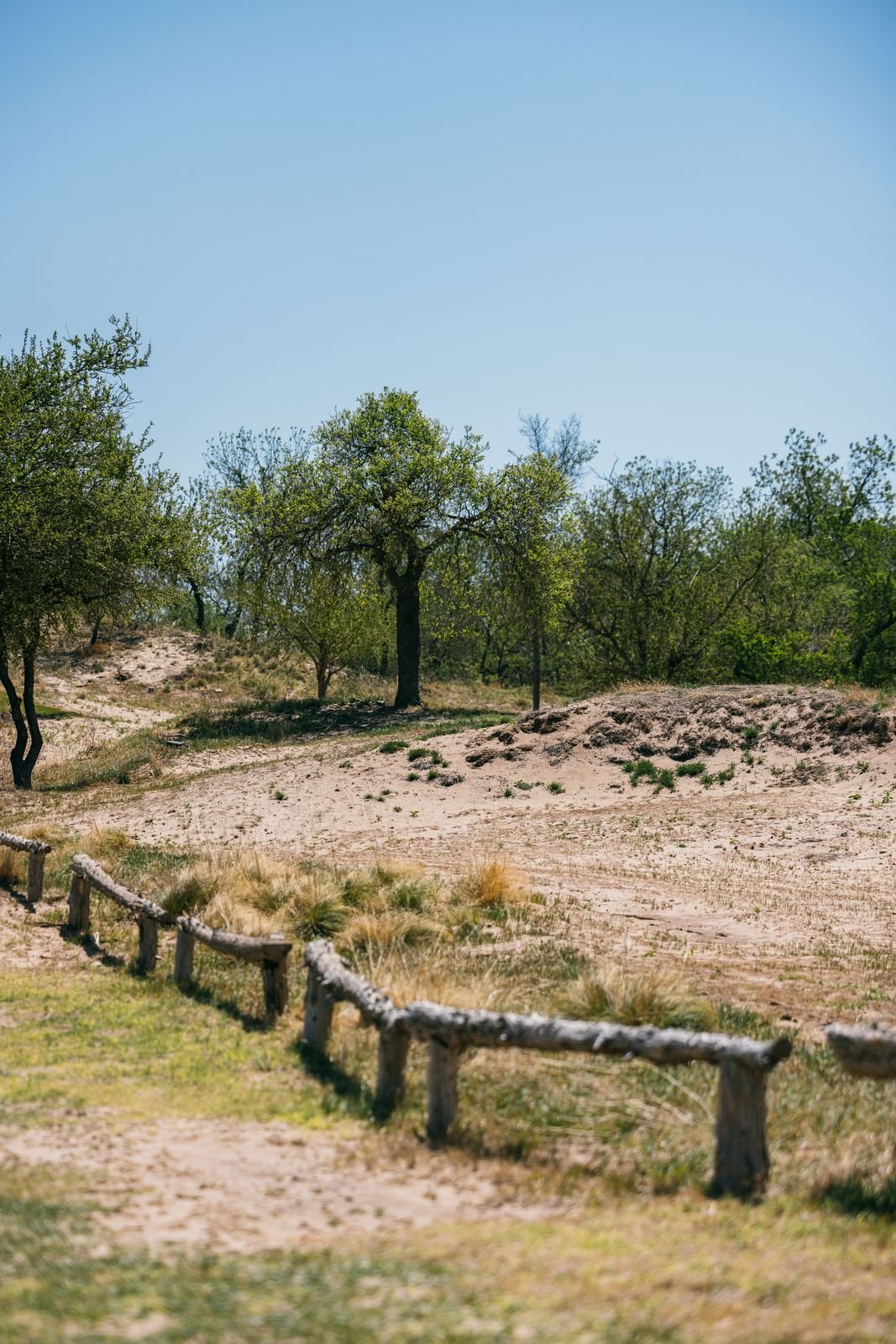
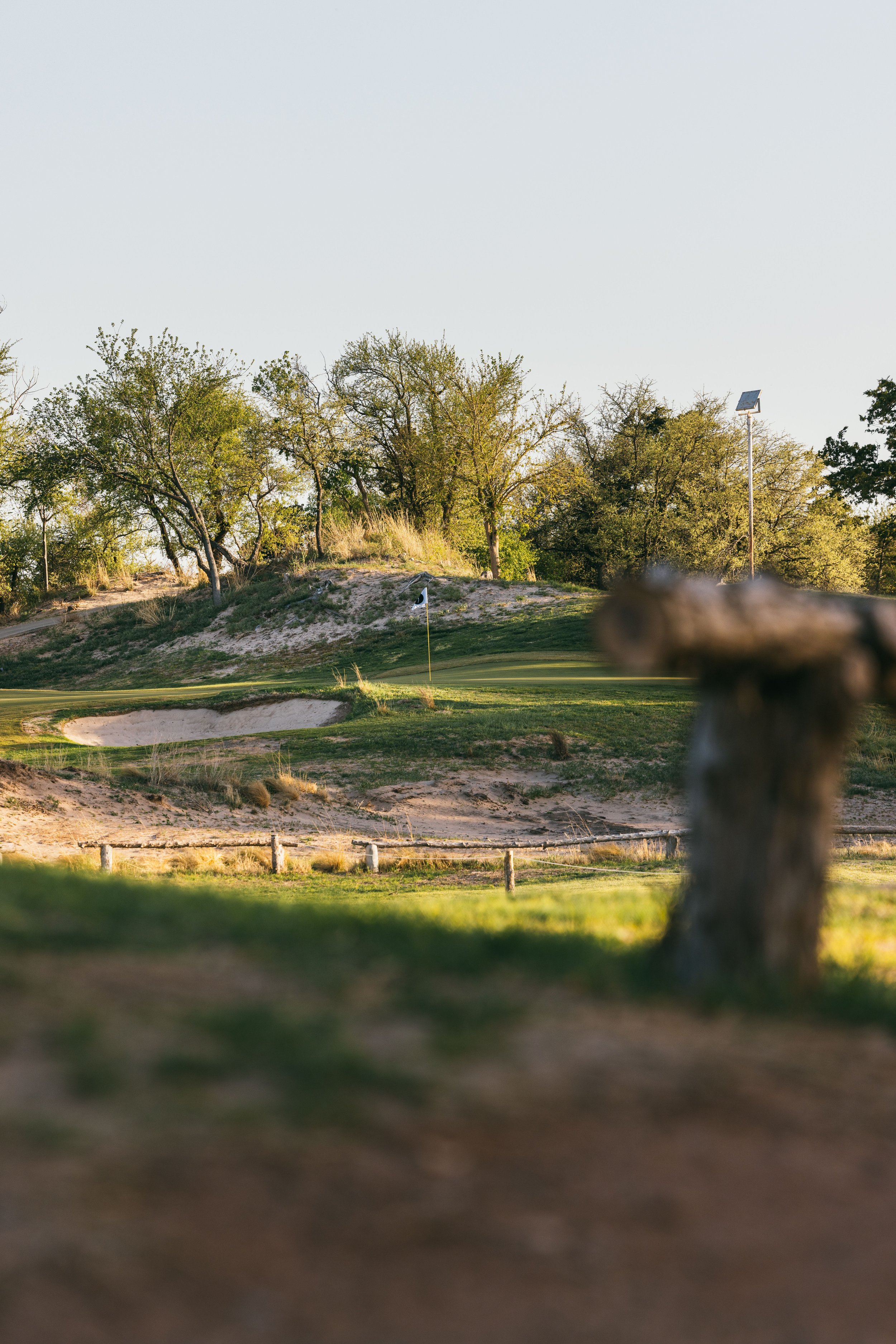
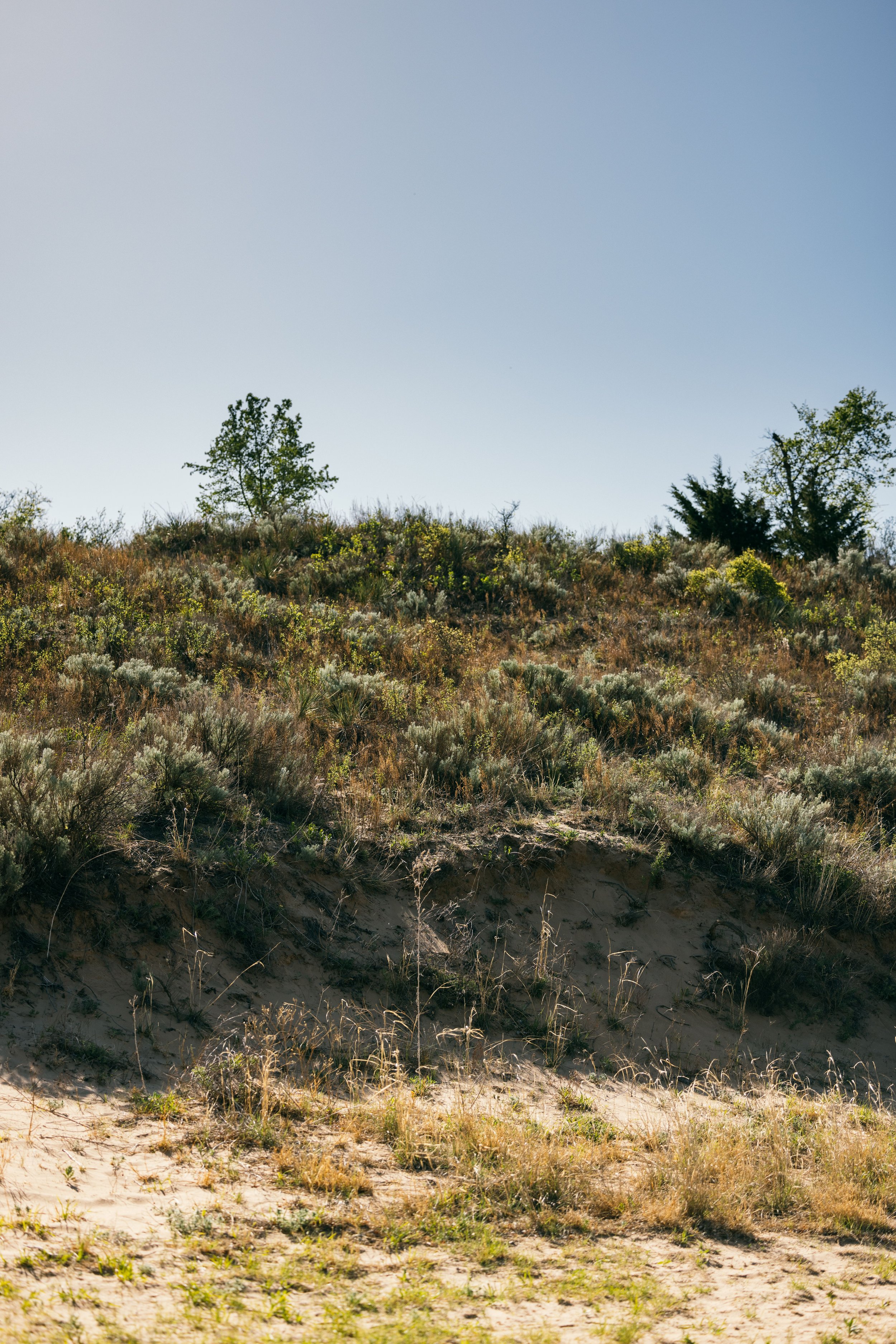
Like a man tasked with restoring a lost Rembrandt, Jeff made the decision to reduce his maintained acreage from 65 to 45 acres. With the remaining 20 acres, his team added yuccas, sunflowers and a mix of blue grama, sideoats grama and little bluestem that are naturally found in Western Oklahoma. In a few arduous years, this effort has reestablished the natural beauty of this area.
In a niche society where naturalization and minimalism are glorified, Boiling Springs has found a way to maximize its assets.
Sure, you can tell yourself you’re “roughing it” at pseudo-minimalist golf meccas in Nowhere, Wisconsin or Boondocks, Oregon. You can kick off your Jordan 4s at the end of a $400 round and head to dinner at some restaurant with a millennially-influenced name like “Forge” or “1895” or “The Tufted Puffin,” where you’ll no doubt enjoy an $85 grass-fed ribeye and a wine list the size of an Oklahoma history textbook before retiring to your rustic-yet-elegant cottage, complete with feather-top bedding and wet bar. Spartan in design. Garish in amenities. That’s great if you’re into that sort of thing.
This ain’t that.
Boiling Springs, by all accounts, is a purely unadulterated golf experience. In no way, shape or form is there an effort to compromise or deviate from the norm of Oklahoma hospitality.
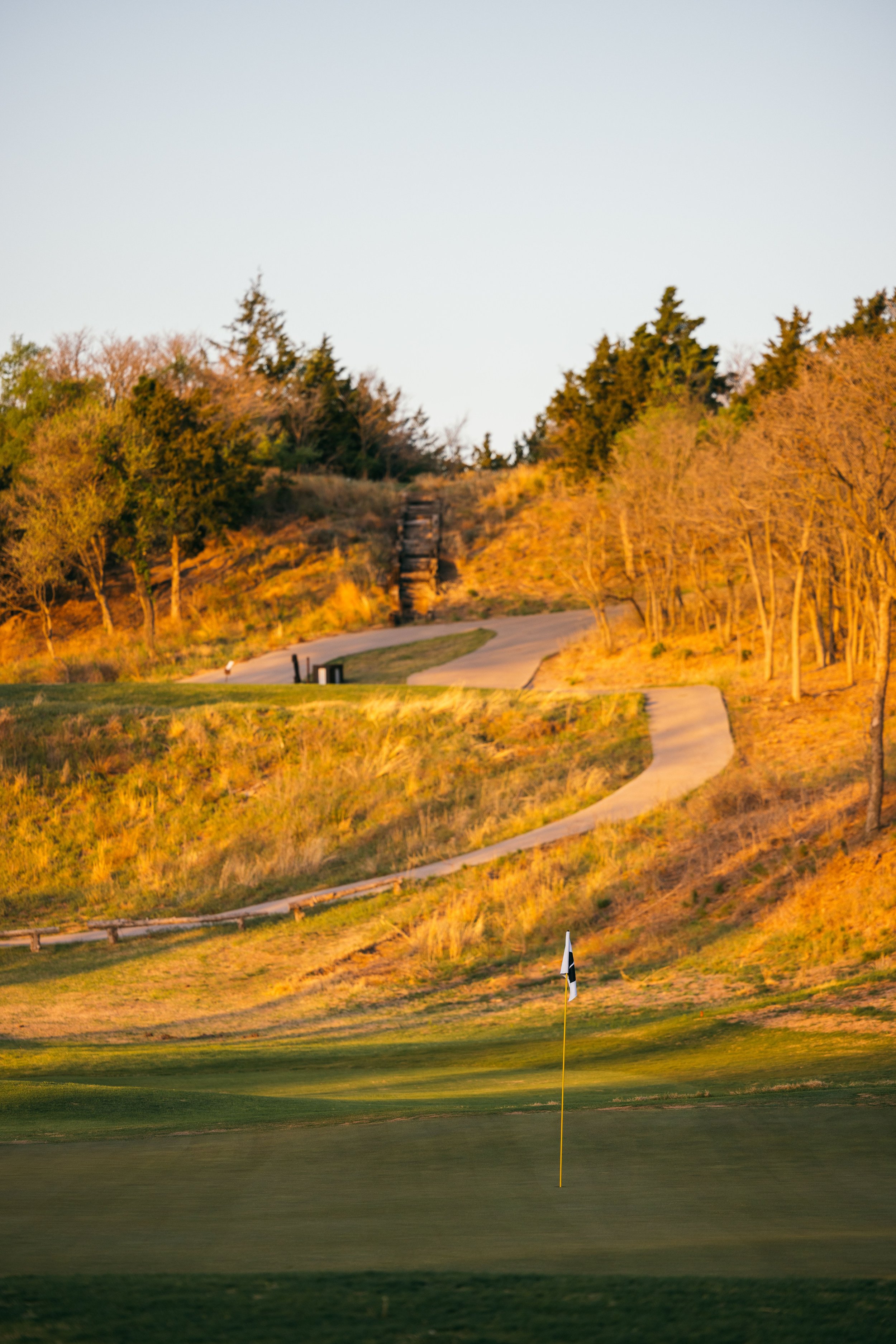
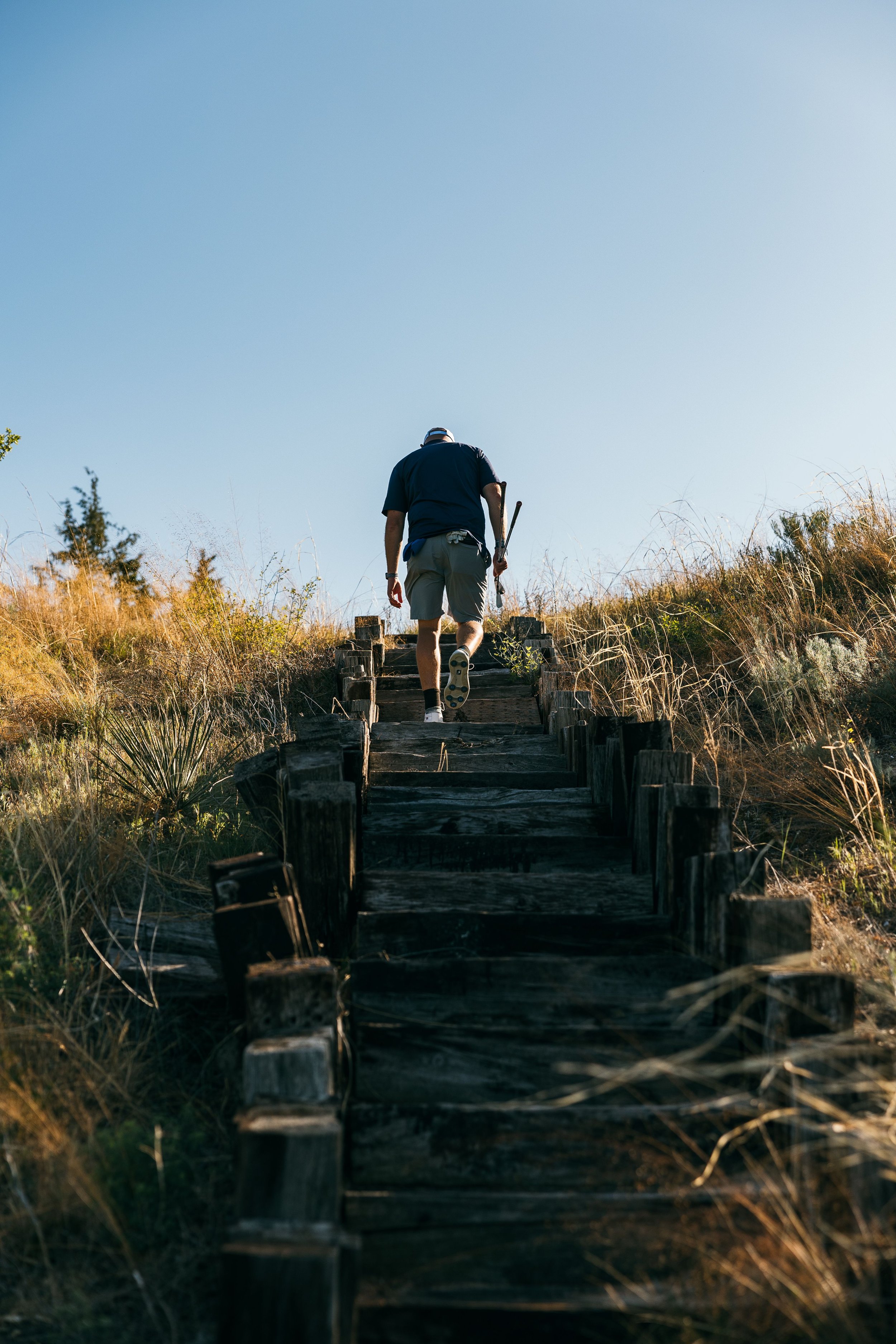
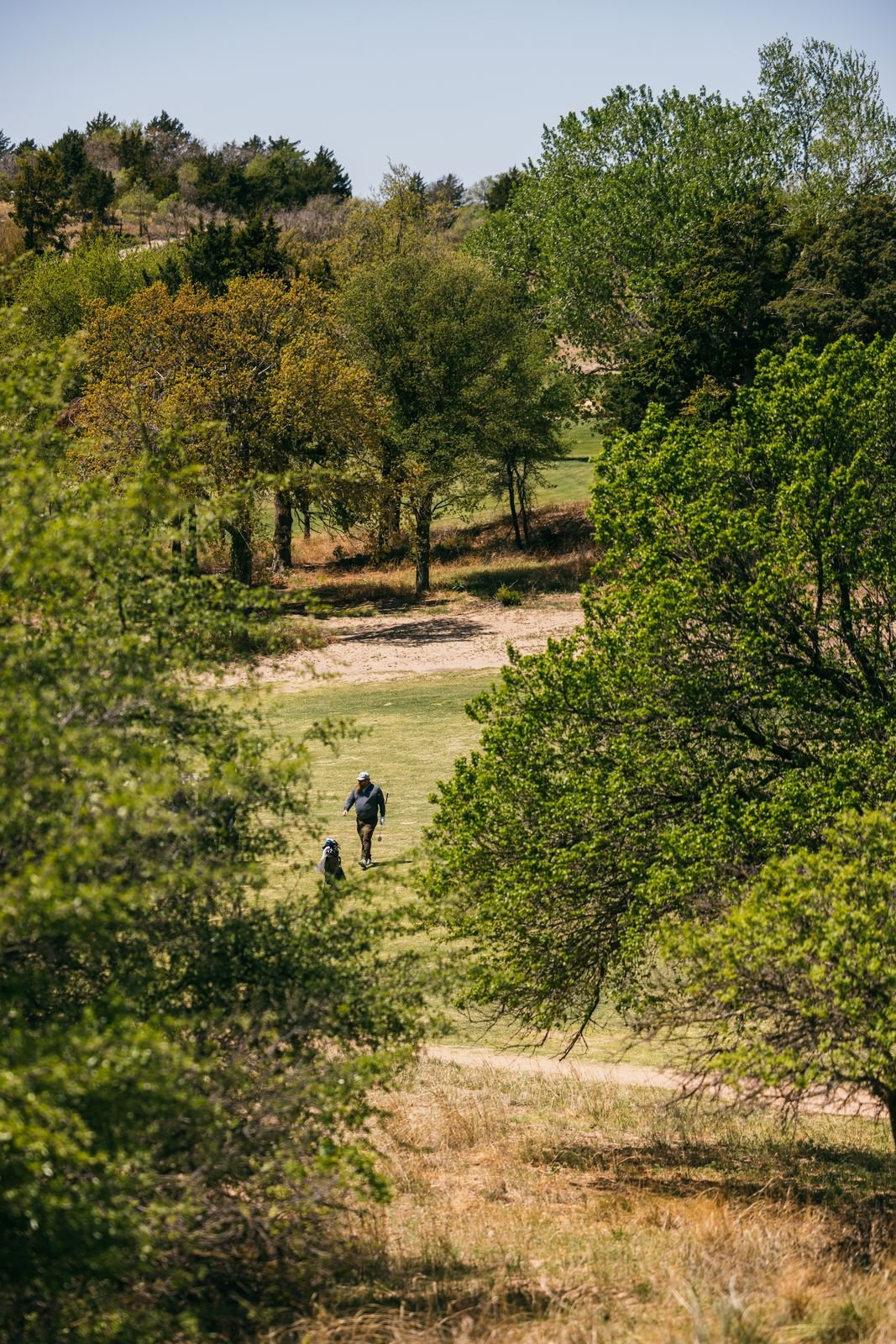
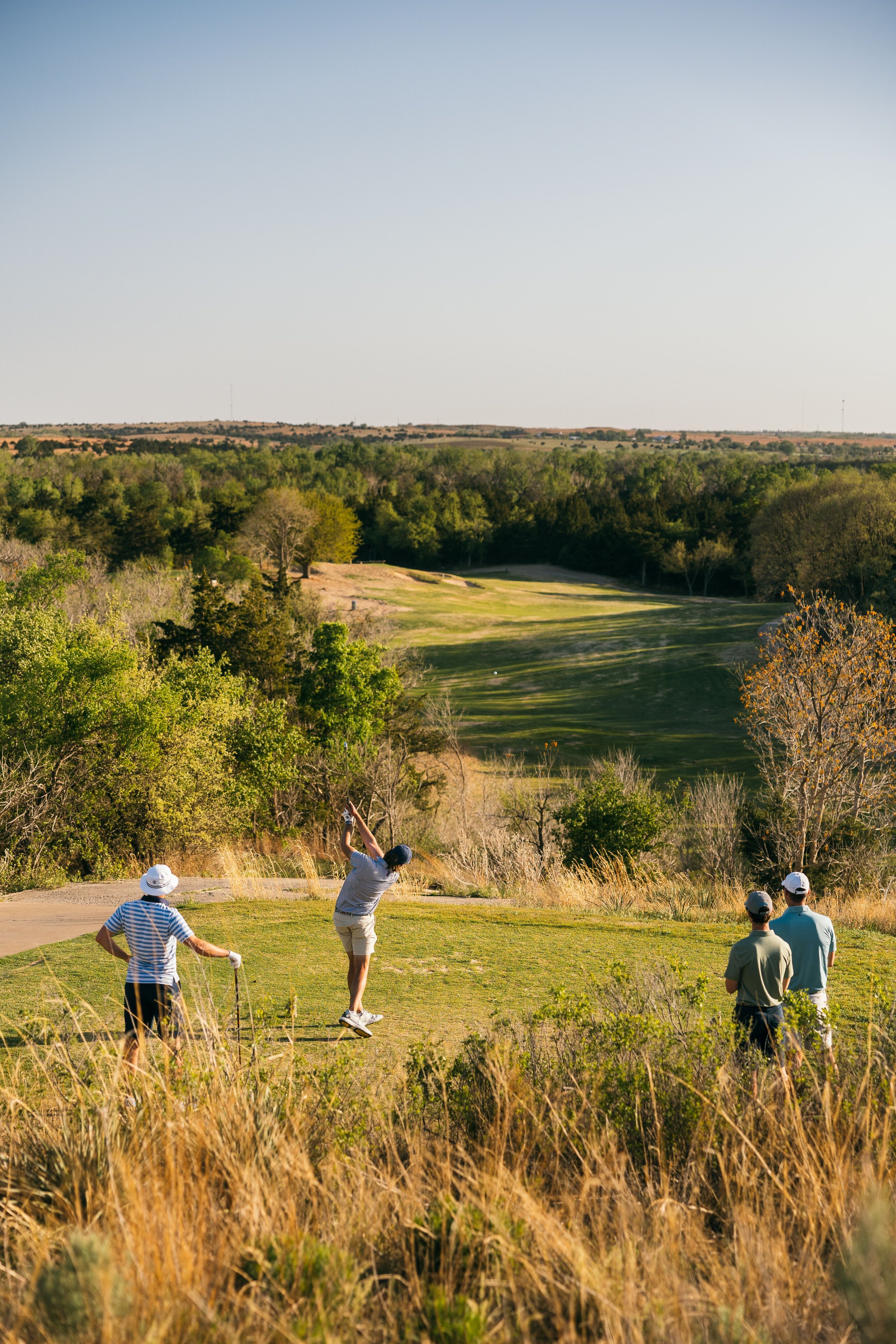

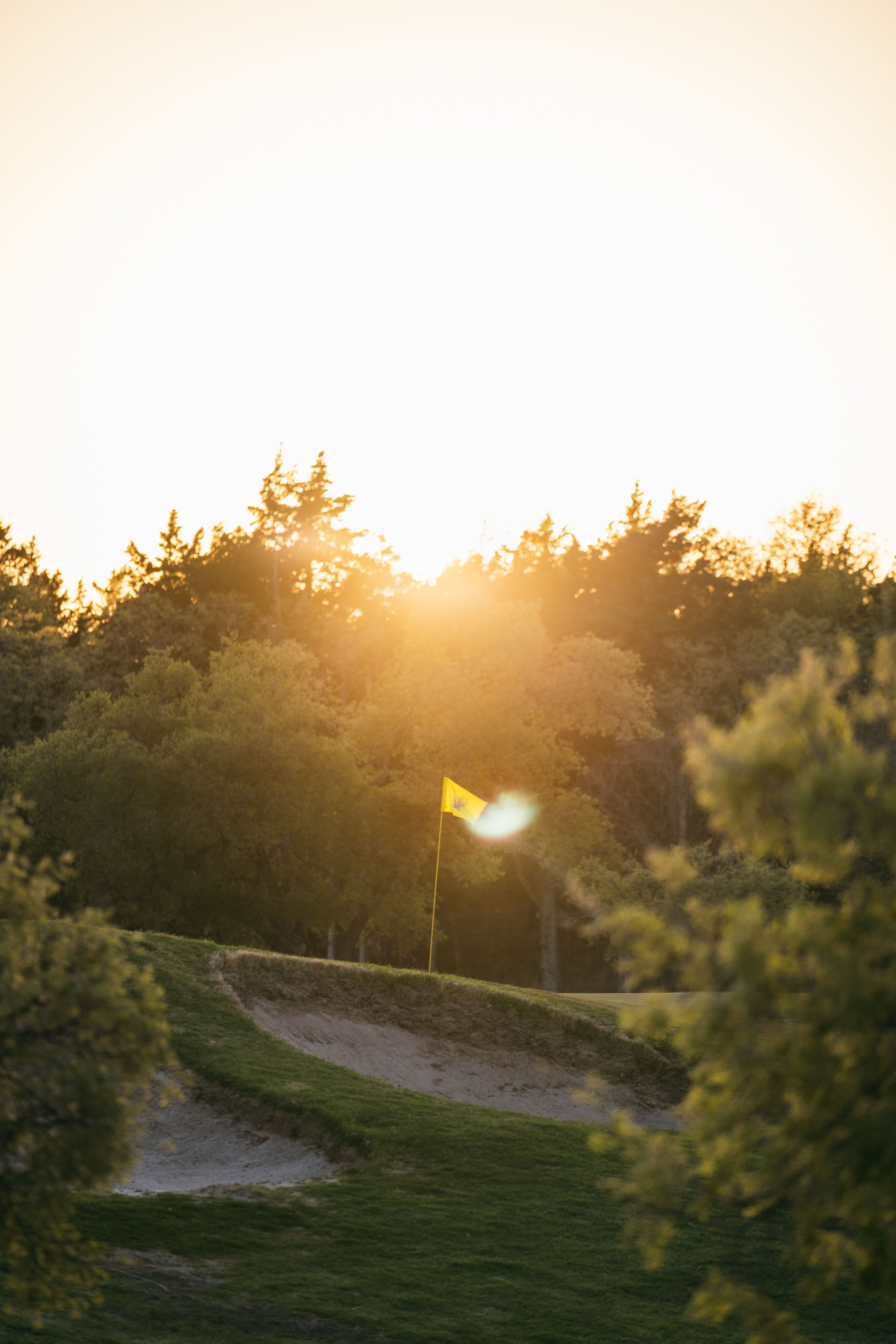
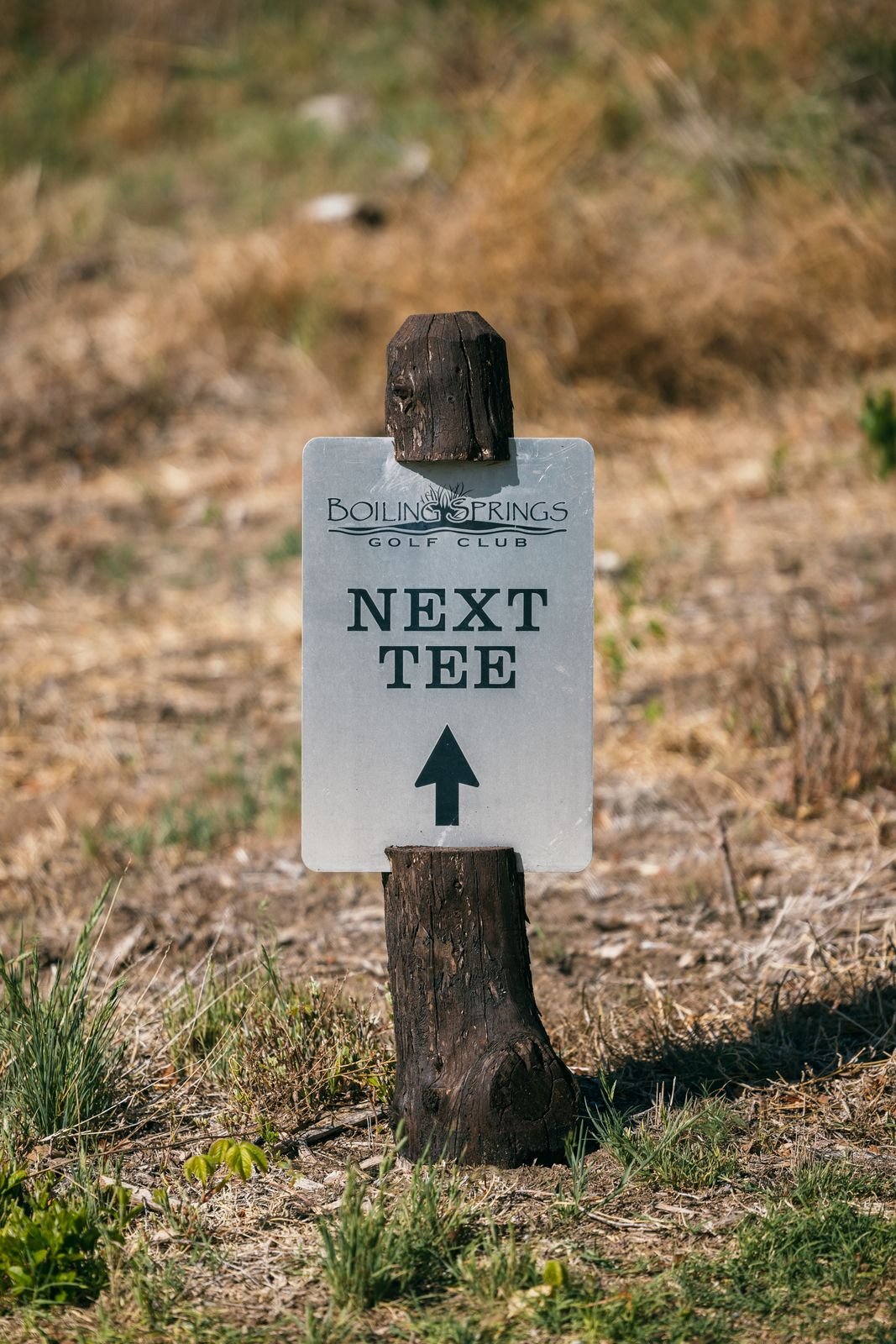
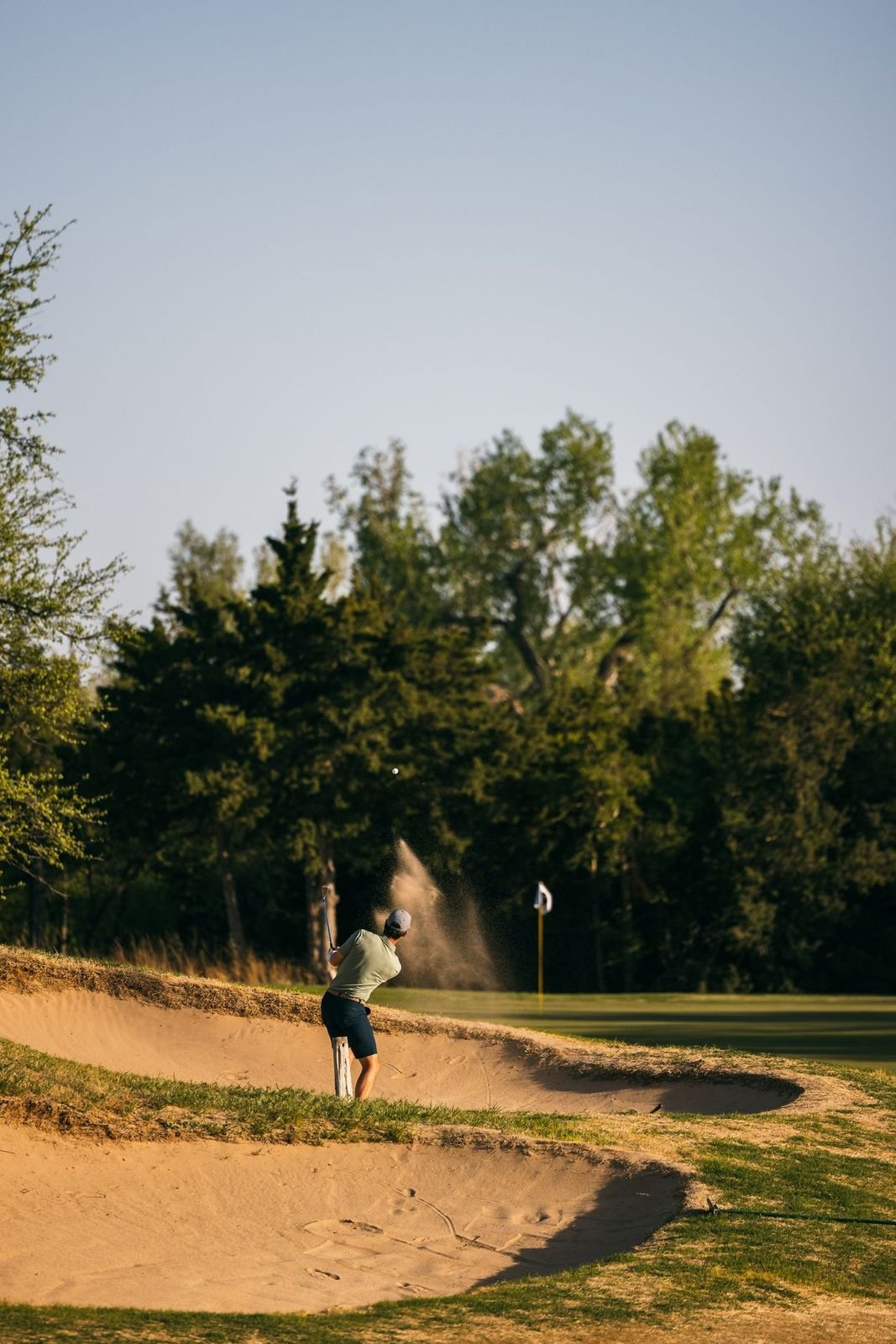

“We have what everyone wants,” Wagner says. And it’s true. Forested sand dunes and dramatic vertical relief are the golden tickets for modern golf enthusiasts. It’s the reason why more and more are willing to travel to no-name communities to get their fix.
For a hundred-dollar bill, Jeff will let you play all you want at Boiling Springs AND give you a hotel room in town with enough cash left over to buy yourself an Oklahoma-bred porterhouse at Al’s Steakhouse on Main Street.
No caddie fees. No dress requirements. No nonsense.
You want sand-based golf? Got it.
You want wildlife? Watch out for cantankerous wild turkey and bad-tempered bobcats.
You want to slam a couple cold ones as the sun sets behind the dunes while Long Hot Summer Day blasts across the 18th green? Be sure to save one for Jeff.
As you wind your way through the dunes, you become intensely aware of your surroundings. The constant Western Oklahoma wind whips at your face. The rumble of a train travels along the distant tracks. A rodent burrows itself into the sand.
Supplied with a torn and tattered canvas, Jeff has reestablished this property’s assets - sandy blowouts, native grasses, unique topography and the best set of $30 bentgrass greens on the planet. His diligence and dedication to the land have revealed a hidden chef-d'oeuvre.
Forget restoring the lost Rembrandt. Maybe he is Rembrandt.
